The appearance of wooden floors is defined by the applied finish which accentuates the natural grain of the material. Pine is among the most preferred wood types since it creates a classic and traditional look in homes. We have researched which topcoat is the most suitable for your pinewood floor - wax or varnish.
Varnish and wax each have favorable applications as well as limitations when used to coat pinewood floors. Generally, varnish is more durable and lasts longer but is susceptible to scratching, flaking, and chipping. It also has the tendency to fade over time. Wax offers suitable protection and preserves the natural look but requires regular maintenance.
Deciding on the right floor finish is a major issue since it constitutes a large portion of your home and affects the overall design. Read on and find out how to protect and maintain your pine flooring while enhancing its appeal and beauty.
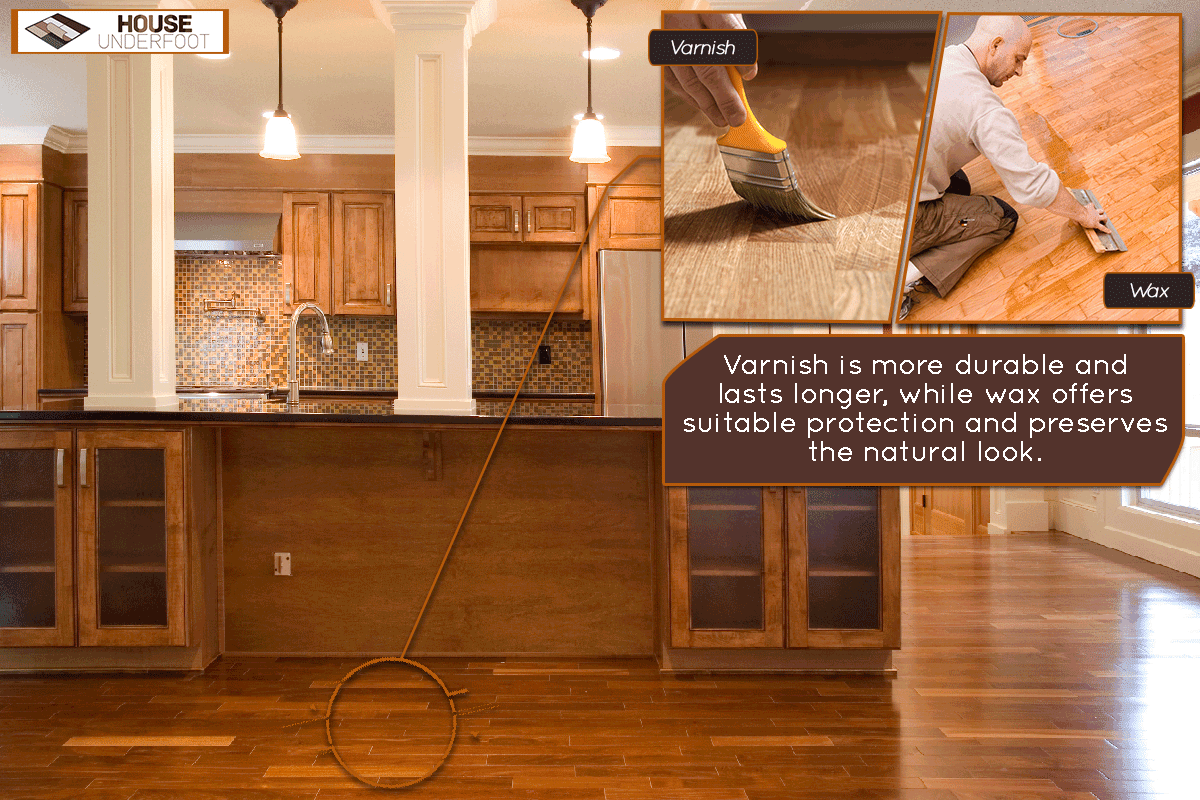
Pinewood: An Overview
Before we tackle the main issue, find out more about the characteristics and general features of pine when used as a flooring material.

Pine is a good alternative to traditional hardwoods since it is notably resilient and long-lasting. It is relatively easy to acquire and more affordable than other materials and, being a softwood, is lighter to work with.
It is important to note that as pine ages, the color evolves from a pale hue to various shades of yellow, brown, or even deep red. The type of topcoat will definitely influence the natural changes that are characteristic of pine. They may either be enhanced and highlighted or concealed based on the wood finish you opt for.
Pine is categorized as softwood since the matrix is less dense and absorbs more quantities of the coating. It is actually a good thing for your floor because deeper penetration creates better protection and a longer lifespan. However, the same structural characteristic would entail the use of more material and require several applications.
Varnish Or Wax
Will pinewood floors last longer and look better with varnish or wax? Here are the advantages and disadvantages of both topcoat finishes:
Varnish Vs. Wood Stain
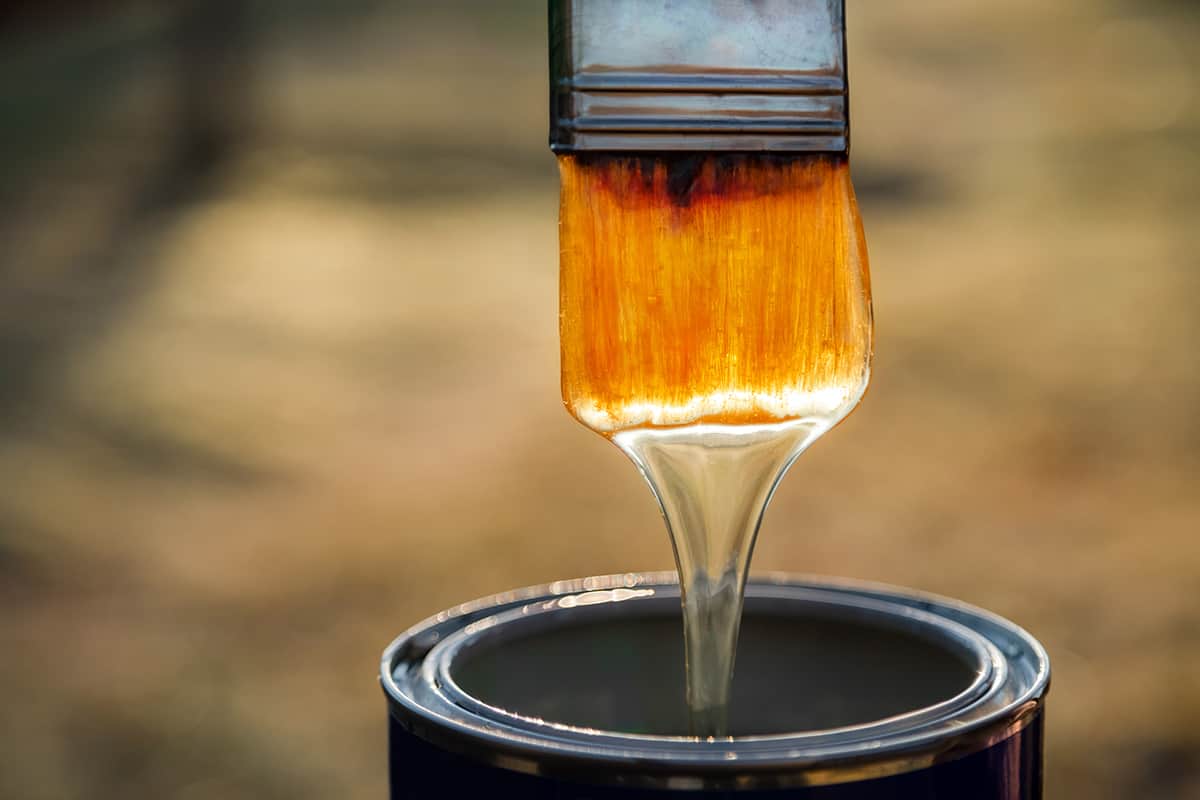
Varnish, also referred to as wood stain, is a liquid coating material that creates a hard, protective transparent film when applied to wooden surfaces. They are available in colorless, natural form or in hues of light yellow, red or maroon to replicate the different shades of trees when treating lumber such as walls, furniture, and floors.
Varnish Pros
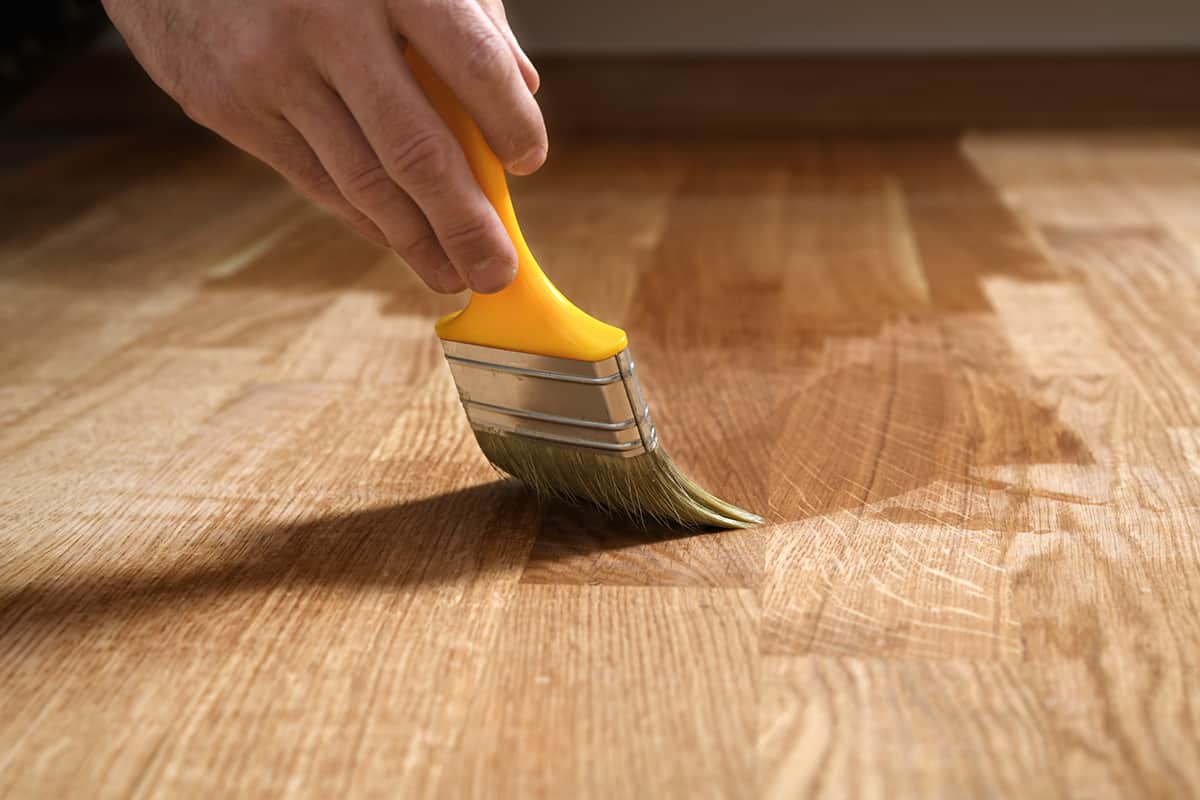
Durability
Varnishes are more durable than wax and oil applications since the resin in the solution creates a tough protective film that seals the surface from external factors.
Several coats could withstand water spillage, heavy foot traffic, temperature changes, and light exposure and can last up to several decades.
Affordability And Ease Of Use
Inasmuch as the price range may vary depending on the quality of varnish, they are relatively more affordable than other types of wood finish. Any paintbrush or cloth can be used to apply the material and ensure an even finish since the pine material would tend to absorb the varnish.
Eco And User Friendly
Manufacturers have made changes and adjustments in formulas to facilitate quicker drying periods, less noxious fumes, and more environmentally friendly ingredients.
Unlike common, traditional varnish, water-based compounds have been developed to create a durable finish in less time and labor hours.
Aesthetic Properties
Colorless varnish preserves the color of your pinewood floor and allows the changes to be exhibited. The main advantage of a natural finish is that it does not conceal the beauty of the grain that defines the true character of the floor. Depending on your preference and the appearance that blends with the design, you might opt to use colored stains that complement the interior of the house.
Varnish Cons
Surface Damage
A varnish finish may be more durable and last longer but the protective film it features is susceptible to chipping, flaking, and scratches. Heavy foot traffic in areas like entrances, hallways, and living rooms can damage your floors and produce imperfections and flaws. The film that varnishes provide does not necessarily mean that your pinewood floor is totally protected, heavy or sharp objects will produce dents and scratches.
Relative Toxicity
As mentioned, the specific type of varnish you employ would determine the degree of toxic exposure you may have to deal with. Older formulations emit noxious fumes that may take days to evaporate since the drying period is longer. This increases health risks within the household
Wax (and Oil) Pros

Wax is a mixture of synthetic chemicals and natural substances, typically applied on wood floorings. The material hardens and functions as a protective sealant. Floor wax comes in two forms - liquid and paste - both have excellent qualities.
Stain-resistant
Wax and oil applications are waterproof and stain-resistant. They protect wood against decay and warping caused by water residues.
Protective Layer
The chemical substance used in wax penetrates deep into the layers of your hardwood flooring. Due to this, the wax functions as an excellent protective barrier against wear and tear, stains, and any other materials that can do considerable damage to the wooden floors.
When applied, the chemical can last for so many years, and can occasionally withstand a small exposure to heavy foot traffic.
Environment Friendly
Even though some waxes contain toxic chemicals, there are environmentally friendly options that have already been manufactured. Be sure to use beeswax because the material itself is made from honey stored by bees, making it a hundred percent organic.
Lengthens Floor Life
Wooden floorings that are coated with wax or oil last longer than those unwaxed floors, especially when regularly maintained.
Enhances Visual Appeal
The application of wax considerably enhances your flooring's visual appeal because it gives the wood a glossier finish.
Wax (and Oil) Cons
Regular Maintenance
Wax and oil are not durable as compared to varnish or wood stains. You may have to re-apply the substance more often to ensure your flooring is layered with a protective barrier.
Toxicity
Some wax is laden with hazardous chemicals. Formaldehyde is an active ingredient that basically causes a wide range of diseases including asthma, reproductive issues, and cancer. Other harmful substances in traditional floor waxing materials are toluene, nitrobenzene, xylene, perchloroethylene, phenol, and xylene.
What Is The Best Finish For Pine Floors?
Pine is a softwood that can be easily damaged, especially when used as a flooring material. That being said, here are different ways to increase the overall durability and longevity of your pinewood.
Fill The Pores
Pinewood is permeable, making it relatively soft. Filling the pores either by injecting resin or by coating the floor with hardening oil are two options you can apply to make your pine flooring more durable.
Sanding the floor to remove the old finish is important before applying hardening oil. Immediately coat the surface after sanding because the grains of the wood are still open.
Coat With Polyurethane
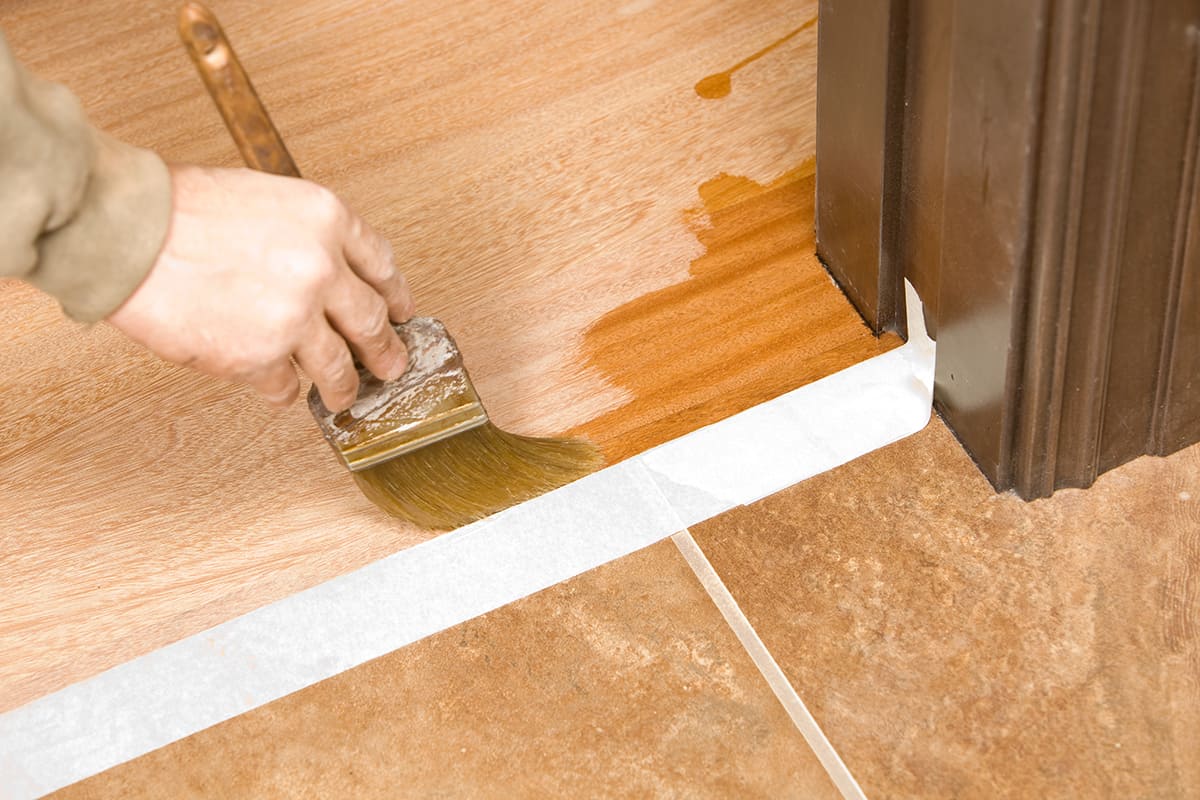
Polyurethane or wood stain has excellent wood finishing qualities because it offers a top notch chemical substance.
To apply, add a layer of varnish to the floor - four or five coats are ideal, however, it lessens the wood's visual appeal. If you still intend to follow that guideline, remember to let the first three coats properly cure for two weeks before the application of the last two.
In Closing
Woodstain and wax have their own advantages and limitations. We hope this article helped you with deciding which one is the more suitable option for you.

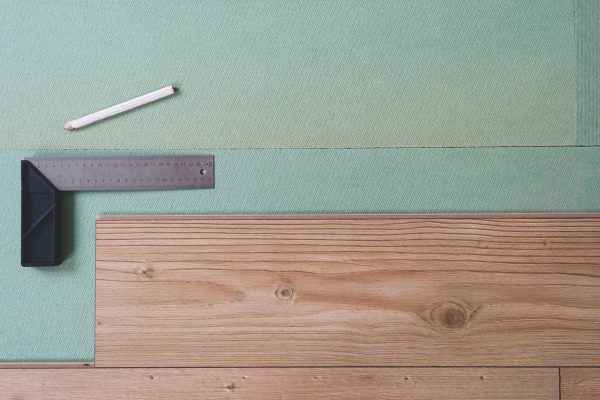
![Laminated flooring planks to be installed in a modern room, Can You Install Vinyl Plank Flooring Backward? [And How To!]](https://houseunderfoot.com/wp-content/uploads/2022/10/Laminated-flooring-planks-to-be-installed-in-a-modern-room-600x400.jpg)
